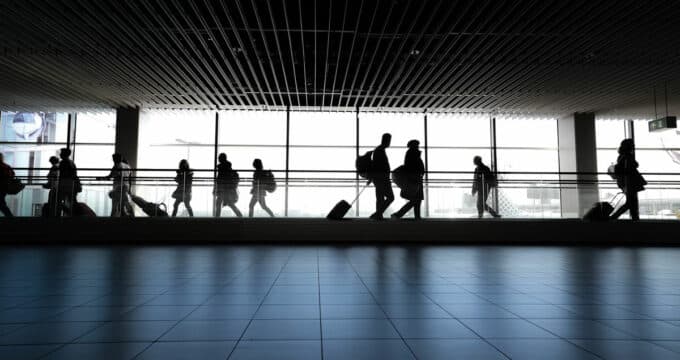Demonetisation move triggers cash crunch in India
In an unscheduled live television address on 8 November, Prime Minister Narendra Modi announced the demonetisation of India’s ₹500 and ₹1,000 banknotes. Put simply, the Prime Minister declared the two banknotes would no longer be legal currency in India as of midnight that same day – only about four hours after his television appearance. The surprise move was designed to curb counterfeiting and corruption, and to come to grips with the very large amounts of so-called “black money” in India (that is, untaxed funds moving outside the financial system) by bringing those funds within the formal banking system. The currency change is also reportedly intended to reshape India’s cash economy – by some estimates, as much as 90% of all transactions in the country are handled by cash – and to move the country toward a more modern financial system. Whatever its long-term effects will be, however, the immediate result has been to throw the real Indian economy into chaos. In a country that relies so much on cash for day-to-day spending, and even for more significant expenditures such as study abroad, the sudden removal of the two key banknotes has left most Indians scrambling to find the funds they need for ongoing expenses. Many current Indian banknotes will remain in circulation but the ₹500 and ₹1,000 notes are by far the most commonly used and account for an estimated 86% of all rupees in circulation. The rush is on to exchange the now-unusable banknotes for new ₹500 and ₹2,000 denominations that are being issued by the government. Indians have until the end of December to exchange their old notes for new. There are no limits on the amounts of funds that can be deposited with banks during this period, but tax authorities have indicated that they will be closely scrutinising deposits of more than 250,000 rupees to ensure that all taxes owing have been duly paid. In a move apparently designed to drive funds out of India’s “shadow economy” and into the official banking systems, limits have also been imposed on the amount of cash that can be converted each day. Indians can now exchange up to 4,500 “old” rupees (US$66) a day for new banknotes, and that hard cap has left many scrambling to find the funds they need for daily living costs or other spending. According to a recent update from Forbes, “A month into India’s demonetisation initiative, long lines of people looking to exchange notes still spew out of banks, some sectors of the economy continue struggling with the lack of readily available cash, grassroots businesses are still being revolutionised with electronic payment capabilities, and masses of people continue transitioning towards new ways of paying for basic goods and services…In the days following Modi’s announcement, the banks didn’t have enough of the newly designed banknotes on-hand to distribute in exchange for the cancelled notes, and there simply wasn’t an adequate supply of smaller denominations in circulation to run the cash economy. Far from being a 50-day transition, it is estimated that even if India’s printing presses were to run 24/7 it would take upwards of four months to a year before the currency supply was adequately restored.”
Outlook for outbound mobility
This cash crunch is now having an immediate effect for students planning to study overseas, and for those already engaged in studies abroad. Aspiring students are reporting delays in student loan processing in India, but the wider impact may be that many are now limited in “borrowing” funds from cash holdings in the shadow economy to meet verified funds requirements for visa processing abroad. “Visa approval processes for international students requires showing proof of availability of funds for the first year of tuition and living expenses,” explain international education consultants Rahul Choudaha and Di Hu. “Given that total annual expenses can range from US$30,000 to US$70,000, many Indian students were using short-term borrowing for visa approvals and education abroad.” Many observers now expect that the reduced availability of cash within the Indian economy, and the prospects of a related dip in economic growth, may reduce demand for study abroad in the near-term. This is an alarming development given the prominence of Indian students in many major study destinations, and the increasingly important role that India has played as a driver of overall enrolment growth over the last several years. For students already abroad, India’s new monetary policy means that is now more difficult to exchange rupees with financial institutions overseas. It is difficult to see the future very clearly from the standpoint of a confusing present, particularly as the fine details of the ongoing transition in India’s financial system continue to emerge. “Longer term, the supply of ‘grey money’ to finance significant purchases will be reduced, including for education,” notes a recent commentary from Education New Zealand. “The changes are likely to result in some delays in Indian student applications over the next few months for all countries, while any significant longer-term impacts are still to be worked through.” It should be said, however, the longer-term prospects for India as a sending market remain very strong. The country’s economic growth forecasts for 2017 have been reduced, but not to a drastic degree to this point, and the rupee has yet to fall off significantly against major global currencies in the wake of the demonetisation announcement.














